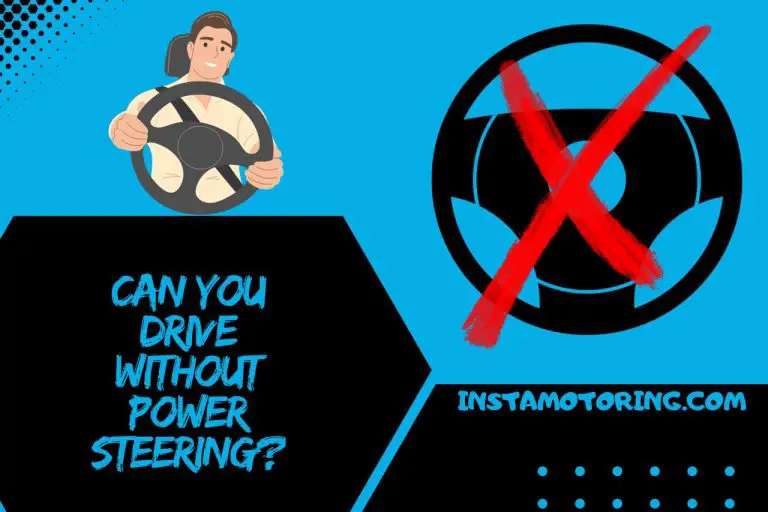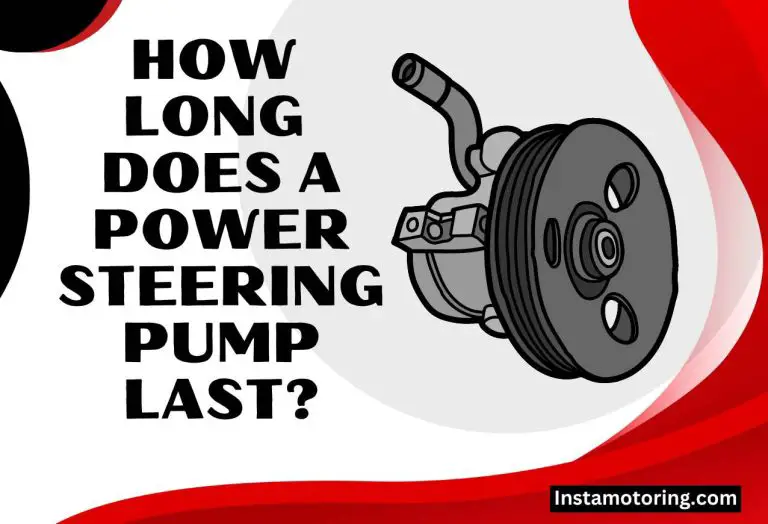Does Power Steering Work With Engine Off?
In certain situations, you may find yourself needing to steer your car when the engine is turned off, and more often than not, this scenario arises in emergencies. So, why not take a minute to read our comprehensive article on ‘Does Power Steering Work with the Engine Off?’ Let’s get started.
Does Power Steering Work With Engine Off?
No, power steering does not work with the engine off. Power steering systems, whether hydraulic or electric, rely on the engine’s power to assist in steering. When the engine is off, there is no power source to activate the power steering pump or electric power steering system.
As a result, steering becomes manual, requiring more effort from you to turn the wheel. It’s important to be aware of this limitation, especially in emergency situations where you might need to steer the car with the engine off.
In such cases, expect a considerable increase in steering effort, and exercise caution while maneuvering the vehicle manually. Even, driving a car without power steering with the engine on can be a demanding task.
Does Power Steering Work Without the Battery?
No, power steering, especially in modern vehicles with electric power steering (EPS), generally does not work without the battery. The power steering system, if electrically powered, relies on the battery to provide the necessary electrical energy for the operation of the steering assist motor.
Without a functional battery, the power steering system lacks the power source required to assist you in steering.
In older vehicles with traditional hydraulic power steering systems, the power steering pump is driven by the engine, and a belt connected to the engine powers the pump. In these systems, a dead battery does not directly impact the power steering function. Read our guide on “Does battery affect power steering” to learn more about this.
What Happens to Power Steering When the Car is Turned Off?
When you turn off your car, the power steering system loses its source of power, resulting in the deactivation of power steering assistance. With the engine off, there is no longer power being supplied to the power steering pump (in hydraulic systems) or the electric power steering system.
This means the steering wheel will become harder to turn, and you must rely on manual steering efforts to maneuver the vehicle. We will explain how to maneuver a car with the engine off later in the article.



Can You Damage the Power Steering System by Turning the Wheel with the Engine Off?
Yes, while occasional steering with the engine off won’t cause immediate harm, we recommend minimizing such instances to preserve the longevity of your power steering system and avoid unnecessary strain on its components.
Turning the wheel with the engine off won’t inherently damage the power steering system.
Without the engine running, there’s no power steering fluid circulation or electric power steering assistance, making the steering system less forgiving to abrupt or forceful maneuvers.
Does Power Steering Fluid Circulate When the Engine is Shut Off?
No, when the engine is shut off, the power steering pump is not actively circulating power steering fluid. The power steering pump, which is typically belt-driven by the engine, requires the engine to be running to generate the hydraulic pressure needed for power steering assistance.
So, without the engine running, there is no circulation of power steering fluid in the system. As a result, the power steering system operates in a static state when the engine is off, and steering becomes manual, requiring more effort from you to turn the wheel.
We would like to remind you that your control over the steering wheel is entirely reliant on your physical strength in the absence of power steering assistance when the engine is shut off.
How to Steer a Car with the Engine Turned Off?
steering a car without power assistance can be more challenging, so it’s crucial to remain attentive and adjust your driving approach accordingly. Here are some helpful tips to maneuver your vehicle with the engine off.
-
- Position your hands at the 9 o’clock and 3 o’clock positions on the steering wheel for better control.
- Engage your upper body muscles, particularly your arms and shoulders, to turn the steering wheel.
- Understand that without power assistance, the steering wheel will feel heavier, especially at lower speeds.
- Apply gradual and steady force to turn the wheel, avoiding sudden or jerky movements.
- Consider making wider turns to make steering more manageable, especially at lower speeds.
- Be cautious and aware of your surroundings, as steering without power assistance may affect your ability to navigate smoothly.
- Adapt to the increased effort required for steering, especially during parking maneuvers or tight turns.
- Utilize your body weight, shifting slightly in your seat, to enhance your steering control.
- Plan your maneuvers ahead, anticipating the increased effort needed for steering without power assistance.
- Drive at a controlled speed, especially when steering with the engine off, to maintain stability and control.
You May Also Like
- Car Won’t Start Power Steering Light on [4 Reasons]
- How to Reset Power Steering Warning Light?
- What Is the Service Power Steering Light?



My name is James, I work as an Automotive Designer with 9 years of experience. I also work as a mechanic and vehicle inspector. I love deciphering complicated car exteriors and interiors and resolving fluid and oil troubles. InstaMotoring.com is here to help you troubleshoot your car with dependable and expert help.

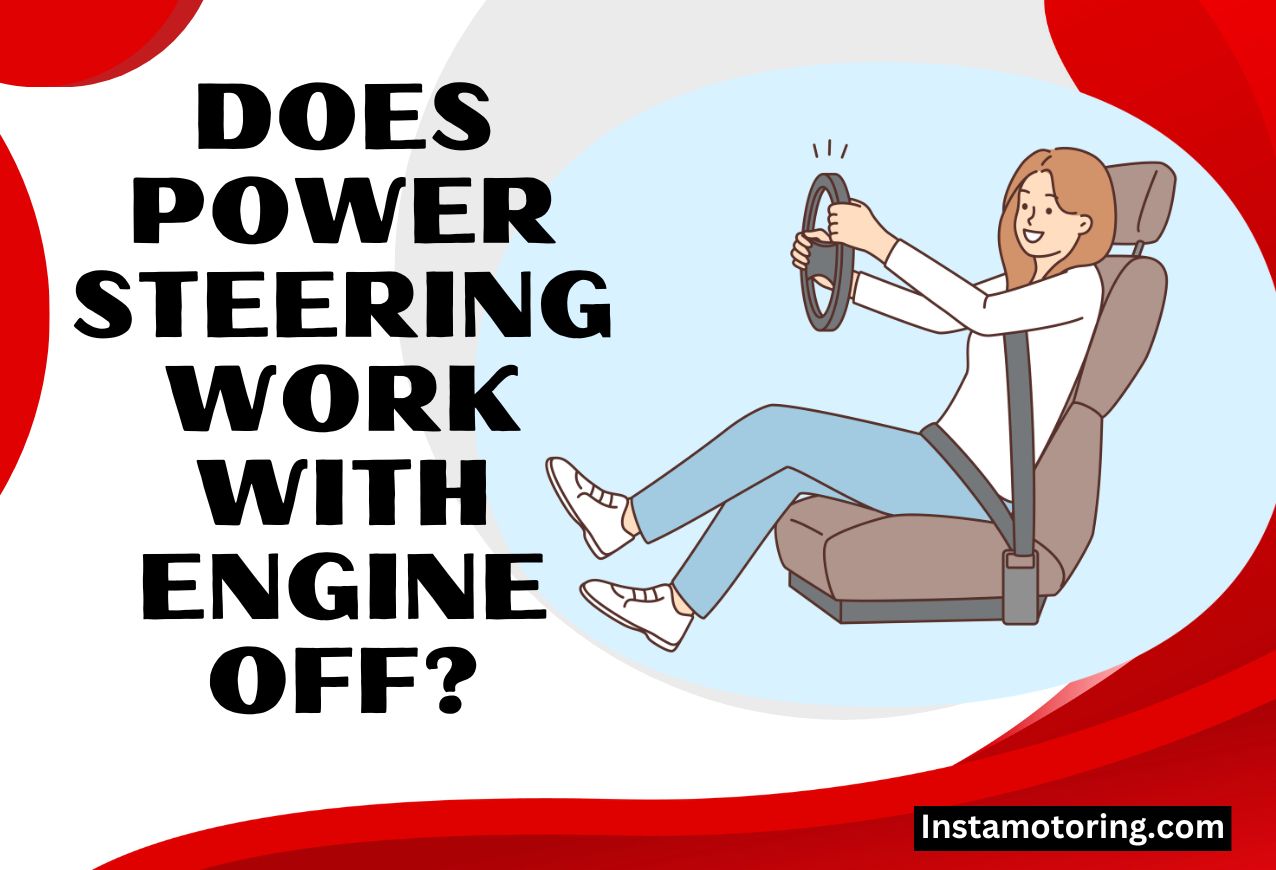
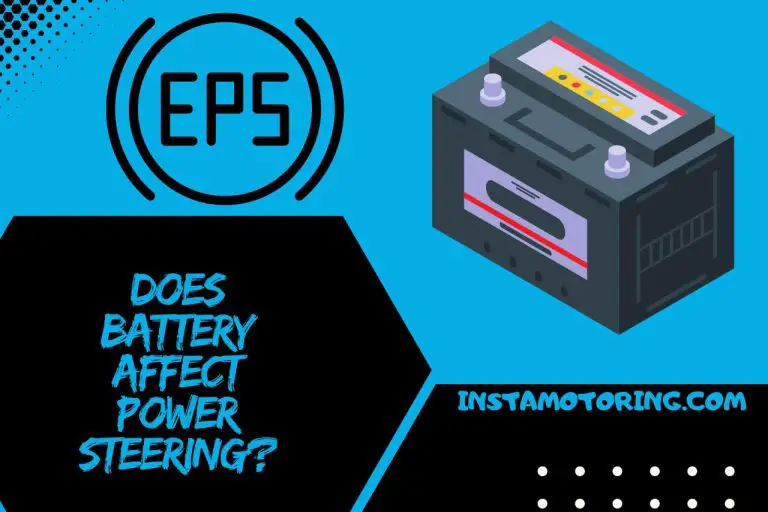
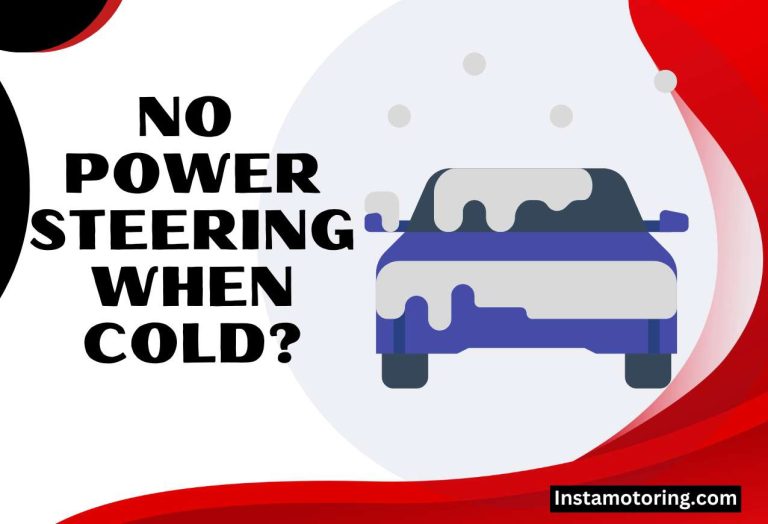
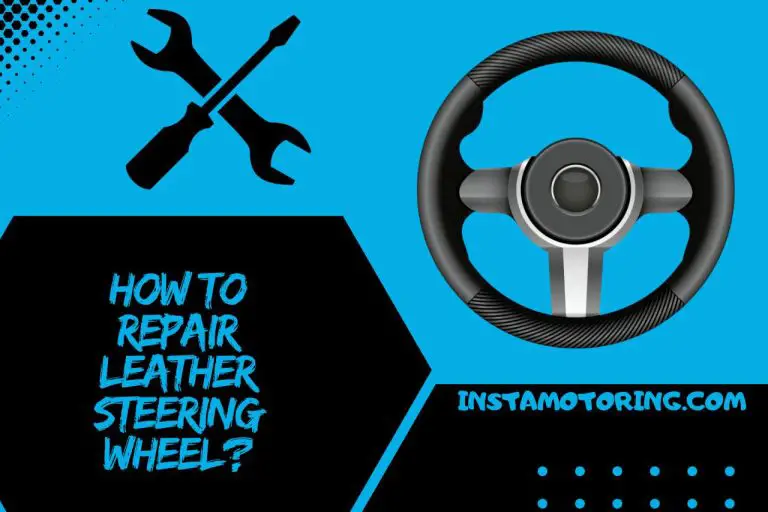
![What is a Quick-release Steering Wheel? [Pros and Cons]](https://www.instamotoring.com/wp-content/uploads/2023/09/How-often-should-you-pressure-wash-your-driveway-50-768x512.jpg)
